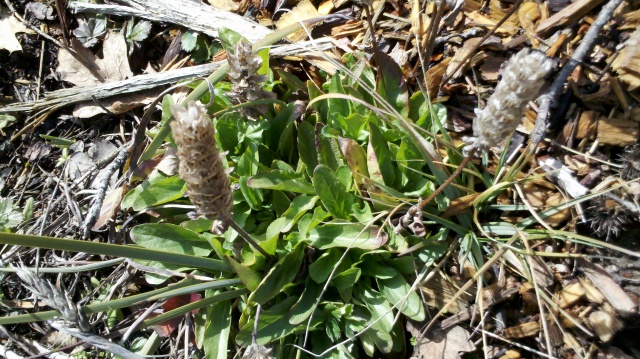I’ve enjoyed using herbs/plants to make tea for many years, but recently I’ve been looking more in to the ways they can be utilized in preventative and therapeutic medicinal applications.
One of my favorite teas is lemon balm (melissa officinalis) and lemon verbena (aloysia citridora). The lemon balm stays fresh and green pretty much year round in USDA zone 7 and higher. Lemon verbena will go dormant during the cold season, but the leaves dry very readily and hold on to their scent and flavor when steeped in hot water. Mixing a sprig or two of the balm and a few leaves of verbena in to near boiling water makes a very mild, smooth citrusy flavored tea that is quite relaxing to drink. On warm days, the herbs can be placed into a glass of cold water and will make a tea that works well during summer. The herbs hold their own throughout the day and can have fresh cold or hot water poured over the same leaves many times.
I started using this combination over a decade ago during a time when stress was exacerbating a tendency to have heartburn/reflux. Both these herbs have calming effects that tend to act centrally on the nervous system rather than direct anti-acid effects. So, while the effects were not immediate, as with heartburn medication, within a week I had substantially less stomach issues. After long-term use, it is rare for me to get heartburn at all anymore.
Recently, one of our family members had a case of tendonitis in the shoulder joint. Tendonitis can be a pretty stubborn condition that sets up a scenario of chronic inflammation that can last for weeks or months. Not much benefit was observed from splinting/immobilizing the shoulder and arm, and even limiting use of the arm to non-weight bearing activities still resulted in moderate pain during the day and while lying in bed at night. We had tried quite a few anti-inflammatory medications (systemic and topical) to reduce the pain and inflammation. The relief was noticeable, but short-lived. After more than a month, we were considering going to a physician for a consultation and probable scan.
At that point, I had been doing some digging in to herbal-based alternatives to poison-oak remedies (lots of poison oak in our part of the state), and had come across a combination of licorice root (glycyrrhiza species) and reishi mushroom (ganoderma lucidum) extract that had been used in large double-blind clinical studies showing similar effects as corticosteroids, but with less side-effects. We decided to try this regimen by ordering the licorice root and reishi from Oregon’s Wild Harvest (http://www.oregonswildharvest.com/). The reishi was combined with astragulus (astragulus membranaceous), another frequently used medicinal plant in traditional medicine.
We were very impressed with the results after taking two capsules of the reishi/astragulus a day for the first couple weeks and two cups a day of the licorice root steeped in hot water as a tea. The pain and inflammation was substatially reduced after the intial two week period. Weight-bearing activities were possible again and sleeping through the night was easier. The condition continued to improve over the next month after tapering off the licorice tea and reducing the reishi/astragulus to one capsule a day as a maintenance dose.
I have started up mushroom culture logs of reishi mushrooms (last october) and will hopefully be seeing some production during the warm season this year. Also, I planted astragulus and licorice (glycyrrhiza uralensis – the asian species) in seedling flats this past weekend (seed from http://www.jlhudsonseeds.net/ ). I’d like to become self-sufficient in having these useful plants and fungi available on an as-needed basis.
I came across lemon balm on our property and have started spreading the seed around the orchard and transplanting a few specimens in to the hugelkultur beds. Balm is reported to be a good companion plant for many other plants (vegetables and fruits).
Another plant that I am interested in learning more about is Selfheal, or Heal-all (prunella species). It was present in the area that I planted our fruit/nut trees previously and has really expanded over the last season. I’m happy to see it do well. Selfheal has been used for many years for a wide range of medicinal issues. Here is a picture of a clump growing in the orchard this spring:
I’m looking forward to learning more about our native medicinal plants and will be trying to grow new additions to the food forest from seed each year.
1 comments:
شركة كشف تسربات المياه بالدمام
شركة كشف تسربات المياه بالقصيم
Post a Comment